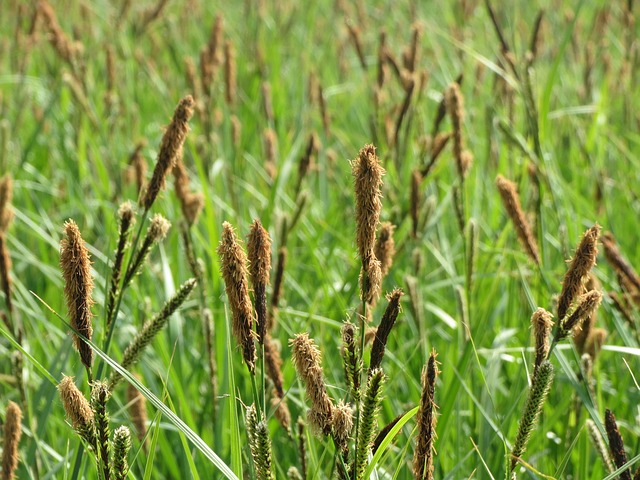Flowers have always been a source of beauty, inspiration, and tranquility. Whether you are an avid gardener, a florist, or simply a lover of nature, the diversity of flowers is fascinating. In this article, we explore 100 flowers that start with the letter ‘C’, providing you with detailed information about each one. These flowers range from common garden varieties to exotic blooms, each with its unique charm and characteristics.
Carnation (Dianthus caryophyllus)
Carnations are one of the most popular flowers globally, known for their ruffled petals and sweet fragrance. They come in a variety of colors, each symbolizing different sentiments such as love, fascination, and distinction.
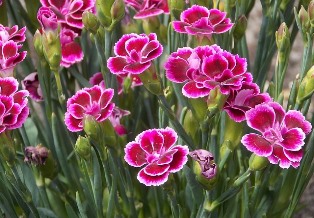
Chrysanthemum (Chrysanthemum morifolium)
Chrysanthemums, or mums, are fall-blooming flowers that come in various forms, including daisy-like, pompons, and buttons. They are revered for their vibrant colors and longevity.
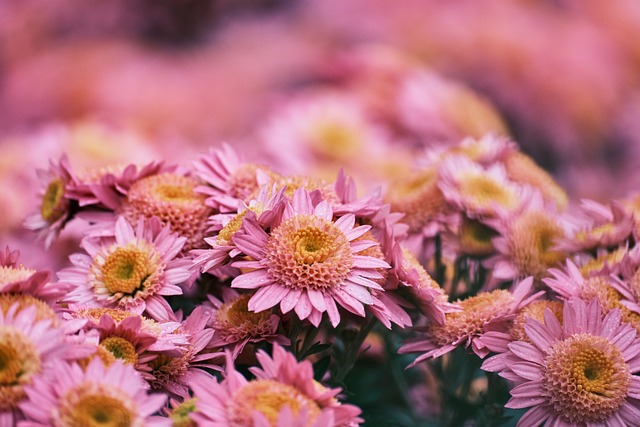
Crocus (Crocus sativus)
Crocuses are early spring bloomers that bring a splash of color after winter. These small, cup-shaped flowers are often seen in shades of purple, yellow, and white.
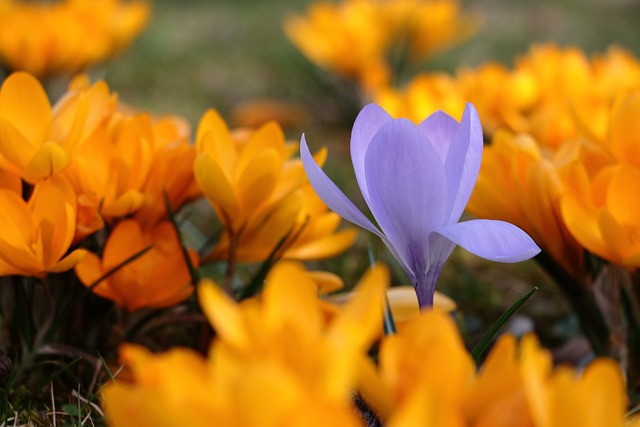
Camellia (Camellia japonica)
Camellias are elegant flowers that bloom in late winter to spring. They are prized for their glossy leaves and large, rose-like blossoms.
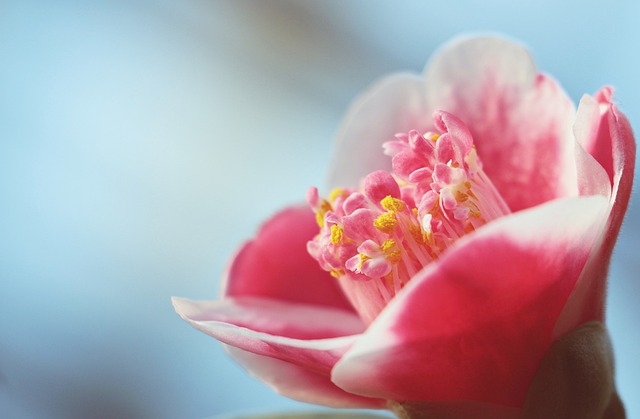
Calla Lily (Zantedeschia aethiopica)
Calla lilies are known for their distinctive trumpet-shaped flowers. They are often associated with purity and elegance and are popular in wedding bouquets.
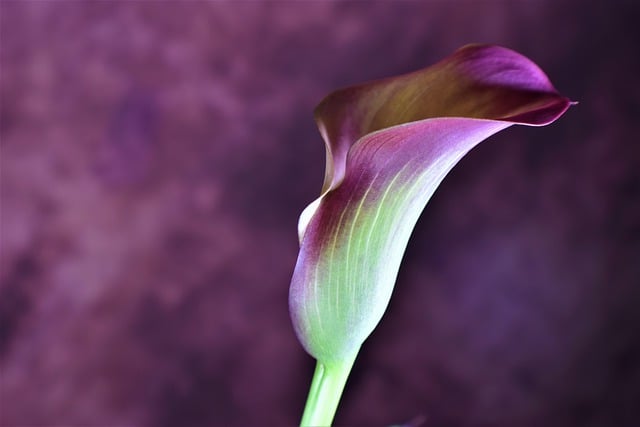
Cosmos (Cosmos bipinnatus)
Cosmos are annual flowers that are easy to grow and come in a range of colors including pink, white, and red. They attract butterflies and are perfect for pollinator gardens.
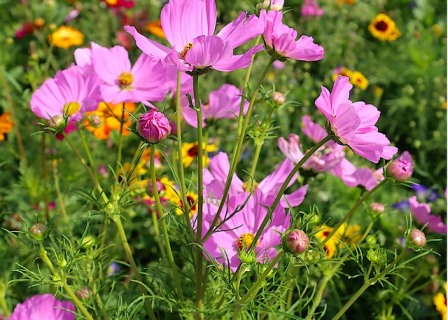
Columbine (Aquilegia spp.)
Columbines are perennial plants with unique, spurred flowers. They thrive in shady areas and are available in many colors.
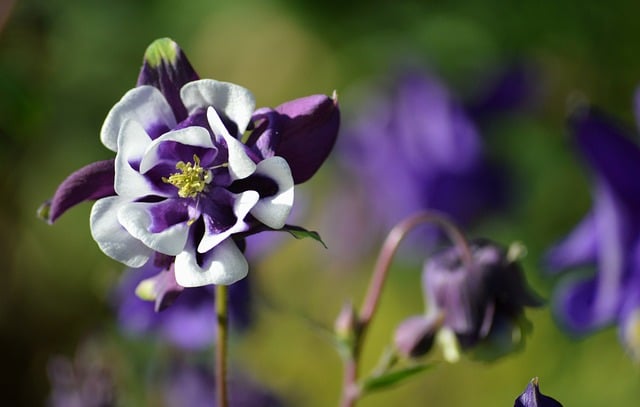
Cornflower (Centaurea cyanus)
Cornflowers, or bachelor’s buttons, are known for their bright blue flowers. They are easy to grow and are often found in wildflower mixes.
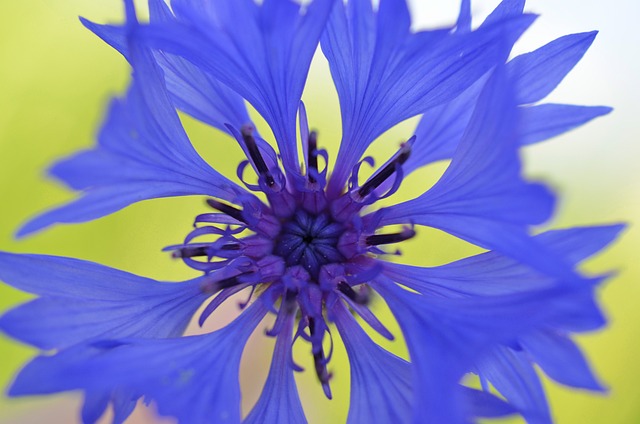
Clematis (Clematis spp.)
Clematis are climbing plants that produce large, showy flowers. They come in various colors and shapes, making them popular in vertical gardening.
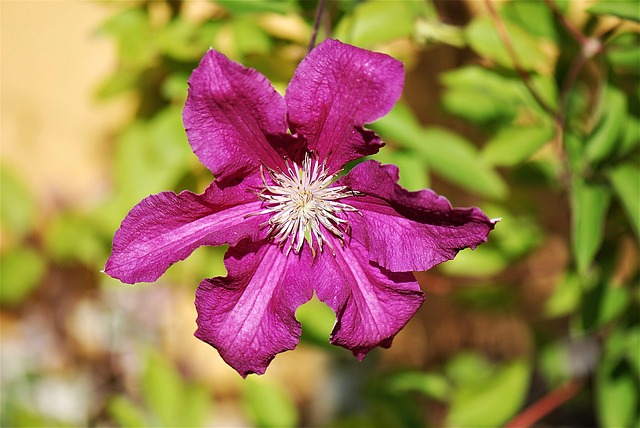
Cockscomb (Celosia argentea)
Cockscomb flowers are known for their unusual, velvety blooms that resemble a rooster’s comb. They come in bright colors like red, yellow, and orange.
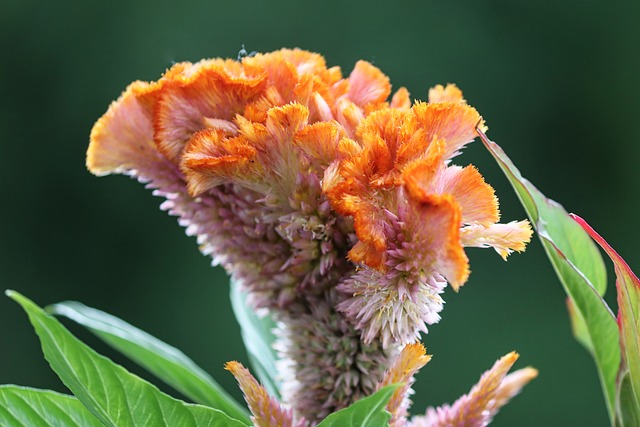
Craspedia (Craspedia globosa)
Also known as Billy Buttons, these flowers are recognized for their spherical, bright yellow blooms. They are great for dried flower arrangements.
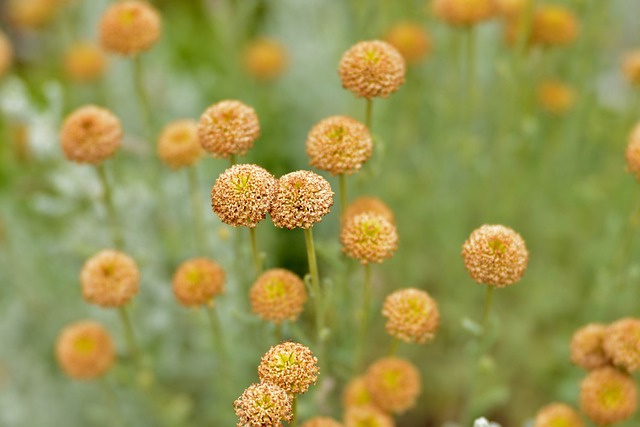
Cyclamen (Cyclamen persicum)
Cyclamens are popular indoor plants with heart-shaped leaves and delicate, nodding flowers. They bloom in winter, providing color when few other plants do.
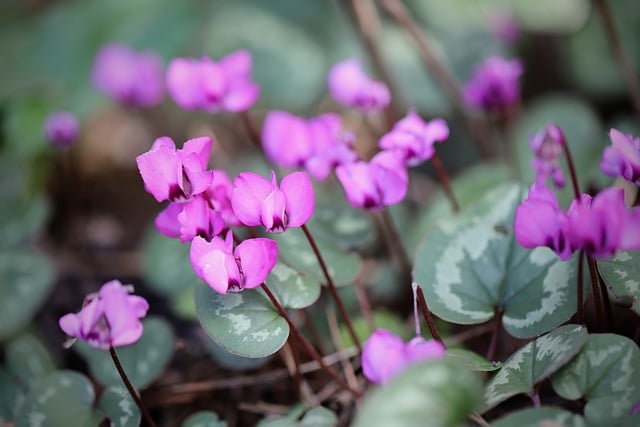
Canna Lily (Canna indica)
Canna lilies are tropical plants with large, banana-like leaves and vibrant flowers. They are perfect for adding a tropical feel to any garden.
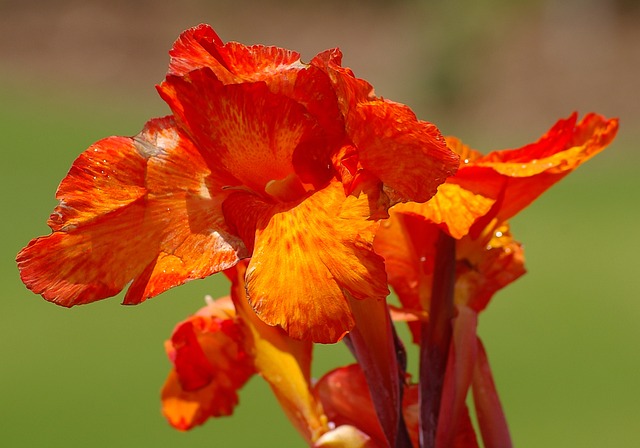
Calibrachoa (Calibrachoa spp.)
Also known as Million Bells, these plants produce abundant, small, petunia-like flowers. They are excellent for hanging baskets and containers.
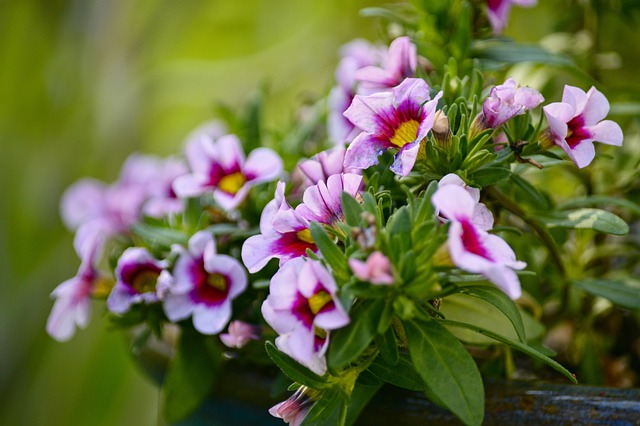
Chrysogonum (Chrysogonum virginianum)
Commonly known as Green and Gold, this groundcover produces small, yellow, daisy-like flowers. It is native to the eastern United States.

Coreopsis (Coreopsis spp.)
Coreopsis, or tickseed, is a hardy perennial that produces bright, daisy-like flowers. It is beloved for its long blooming period and ease of care.
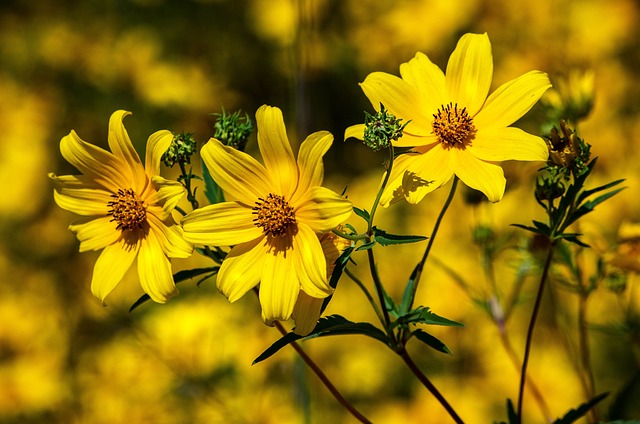
Cuphea (Cuphea spp.)
Cuphea, also known as the cigar plant or bat-faced cuphea, produces tubular flowers that attract hummingbirds. They come in shades of red, orange, and purple.
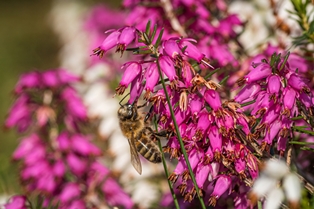
Caryopteris (Caryopteris x clandonensis)
Also known as bluebeard, this shrub blooms in late summer with clusters of blue flowers. It is drought-tolerant and attracts pollinators.
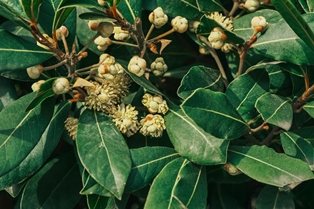
Cotoneaster (Cotoneaster spp.)
Cotoneaster is a versatile shrub with small, white to pink flowers followed by bright red berries. It is often used in hedges and ground covers.
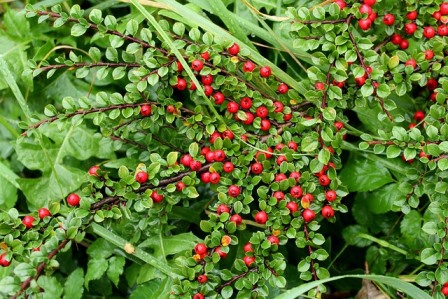
Chionodoxa (Chionodoxa spp.)
Also known as Glory-of-the-Snow, these early spring flowers produce star-shaped blooms in shades of blue, white, and pink.
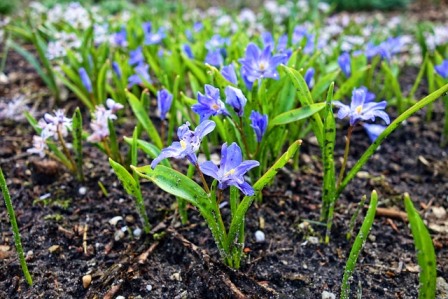
Clarkia (Clarkia spp.)
Clarkia, or farewell-to-spring, is an annual wildflower that produces masses of pink, red, or purple flowers. It is native to the western United States.
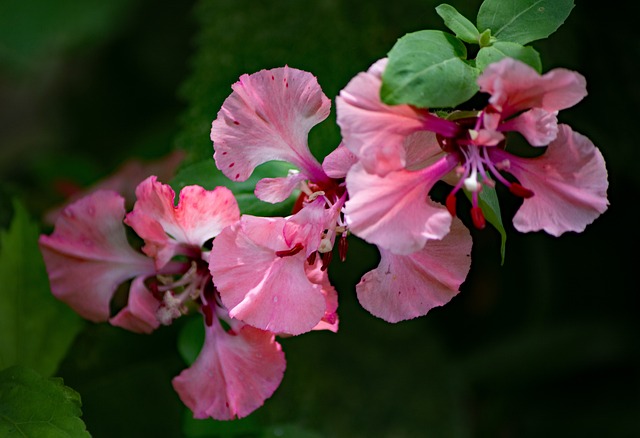
Convallaria (Convallaria majalis)
Commonly known as lily of the valley, this plant produces small, bell-shaped white flowers with a sweet fragrance. It is often used in perfumes and bridal bouquets.

Clemence (Clemence spp.)
Clemence is a lesser-known genus of flowering plants that produce charming, small blooms. They are often grown for their unique and varied flower shapes.
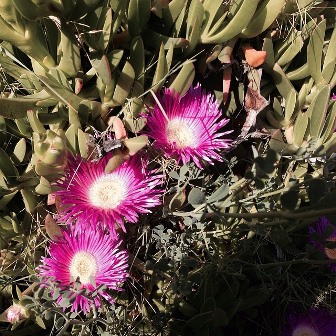
Colchicum (Colchicum autumnale)
Also known as autumn crocus, these flowers bloom in the fall with lilac or pink petals. They are a unique addition to any garden.
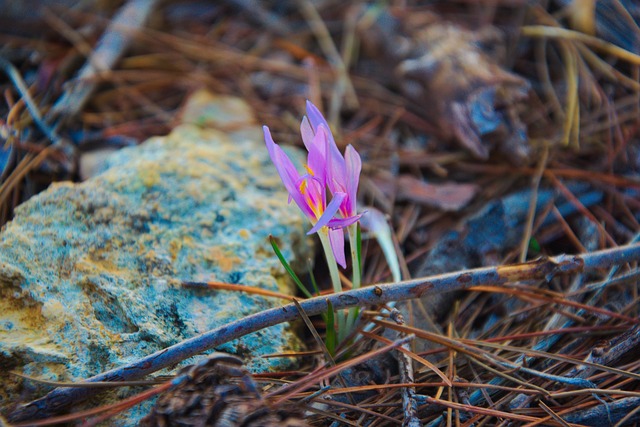
Calendula (Calendula officinalis)
Calendula, or pot marigold, is known for its bright yellow and orange flowers. It has medicinal properties and is often used in skincare products.
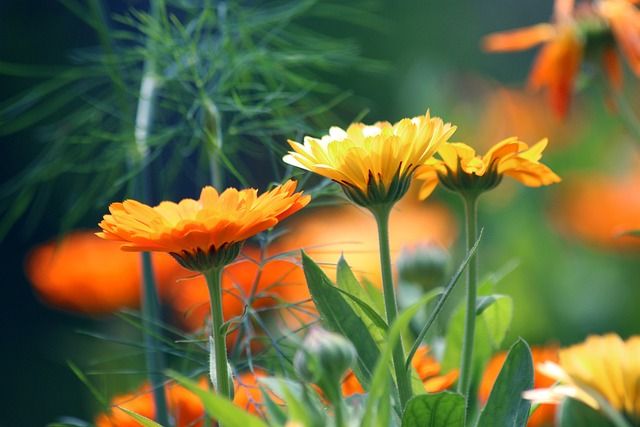
Cistus (Cistus spp.)
Cistus, or rock rose, produces paper-like flowers in shades of white, pink, and purple. They thrive in dry, rocky soils and are drought-tolerant.
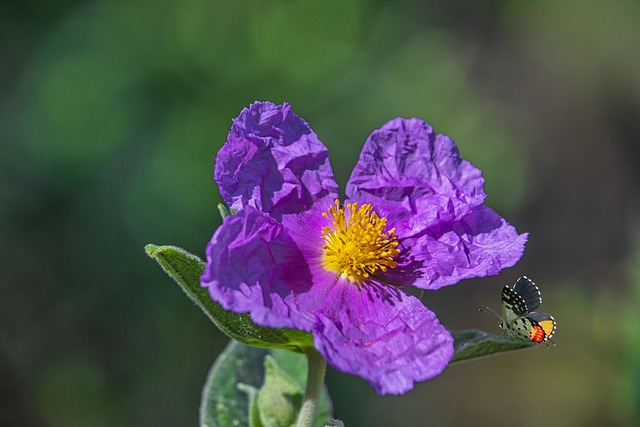
Clivia (Clivia miniata)
Clivia is an evergreen plant that produces large, trumpet-shaped flowers in shades of orange, red, and yellow. It is popular as a houseplant.
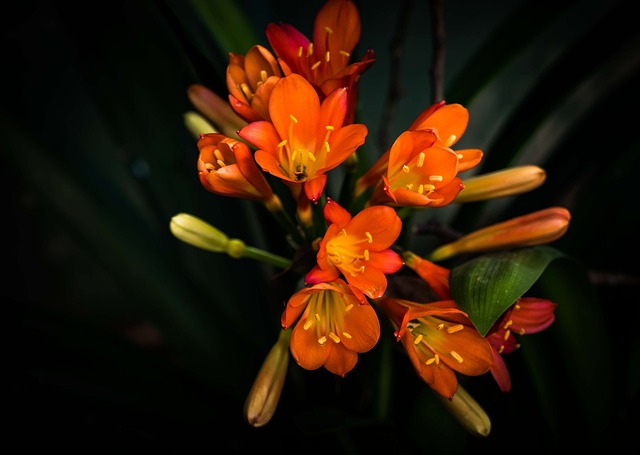
Caltha (Caltha palustris)
Known as marsh marigold, this plant produces bright yellow, buttercup-like flowers. It thrives in wet, marshy areas.
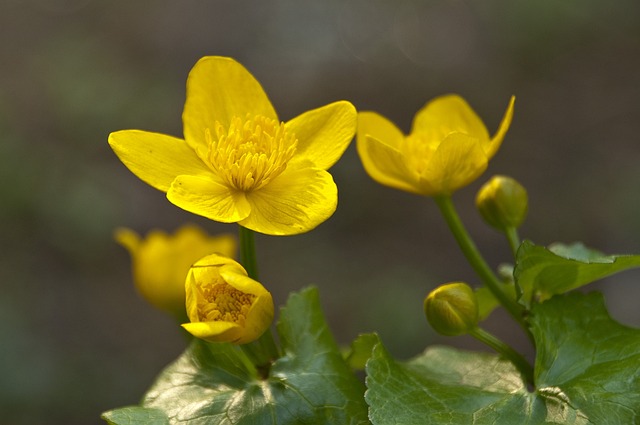
Campanula (Campanula spp.)
Campanula, or bellflowers, are known for their bell-shaped blooms. They come in shades of blue, purple, white, and pink.
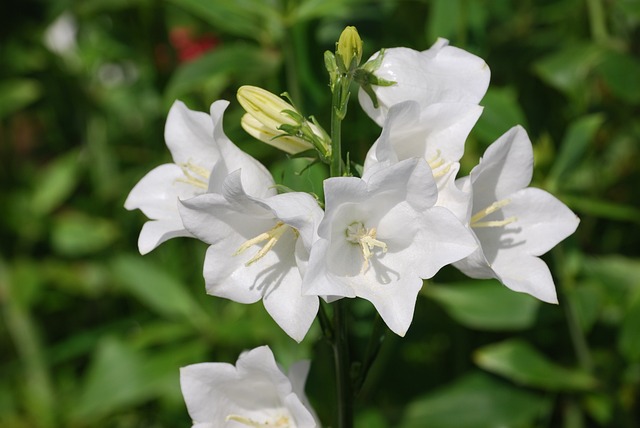
Calycanthus (Calycanthus floridus)
Also known as Carolina allspice, this shrub produces fragrant, maroon-colored flowers. It is native to the southeastern United States.
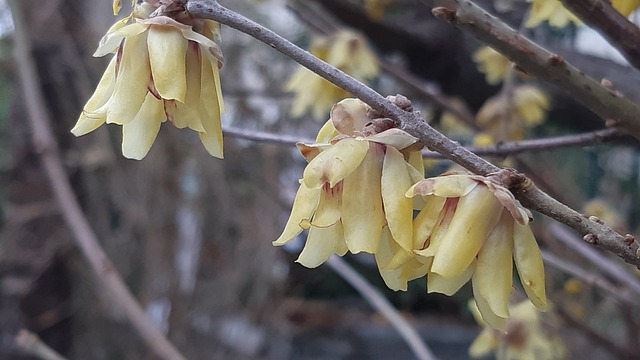
Caulophyllum (Caulophyllum thalictroides)
Commonly known as blue cohosh, this plant produces small, yellow-green flowers. It is used in traditional medicine.
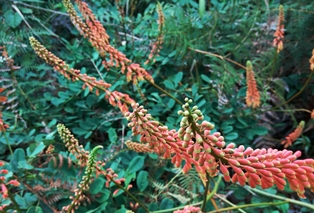
Cnicus (Cnicus spp.)
Cnicus, or blessed thistle, is known for its spiny leaves and bright yellow flowers. It is often used in herbal remedies.
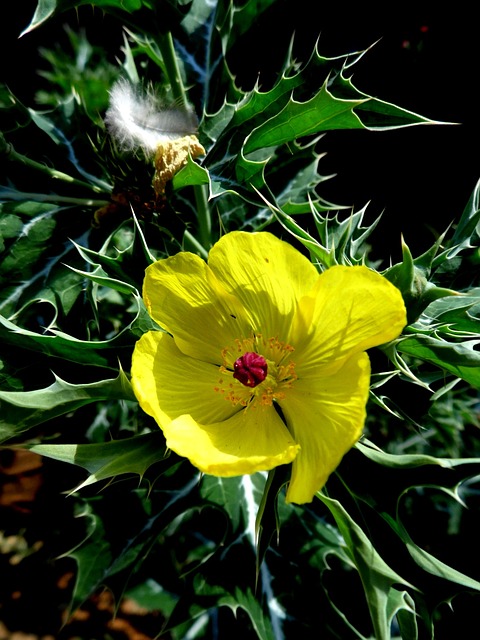
Calotropis (Calotropis spp.)
Also known as milkweed, this plant produces clusters of small, waxy flowers. It is an important food source for monarch butterflies.
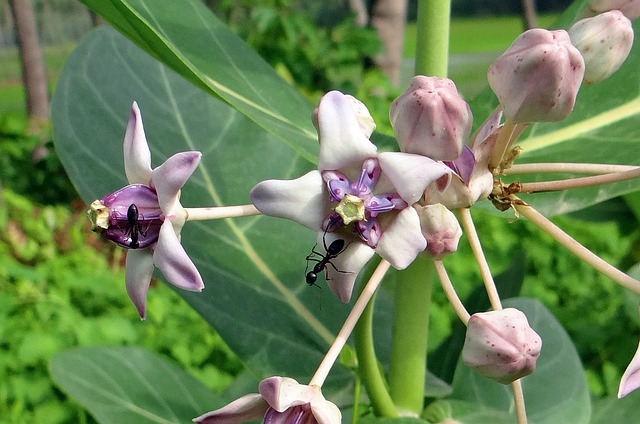
Chamaecyparis (Chamaecyparis spp.)
Commonly known as false cypress, this coniferous tree produces small, round cones and scale-like leaves. It is popular in bonsai and landscaping.
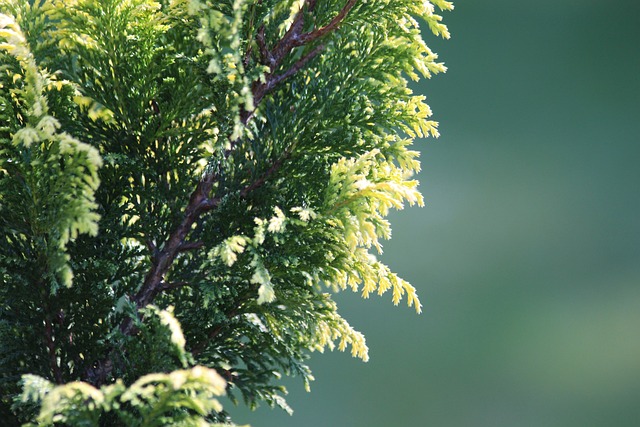
Cytisus (Cytisus scoparius)
Cytisus, or Scotch broom, is a shrub that produces bright yellow, pea-like flowers. It is often used in erosion control.

Cibotium (Cibotium spp.)
Known as tree fern, this plant produces large, feathery fronds. It is a popular choice for tropical gardens.

Cistanthe (Cistanthe spp.)
Cistanthe, or rock purslane, produces vibrant, magenta flowers. It is drought-tolerant and thrives in rocky soils.
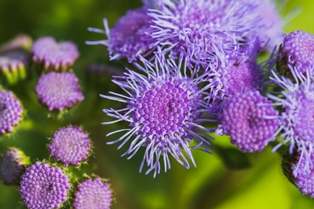
Callicarpa (Callicarpa spp.)
Also known as beautyberry, this shrub produces clusters of small, purple berries. It is valued for its ornamental appeal.
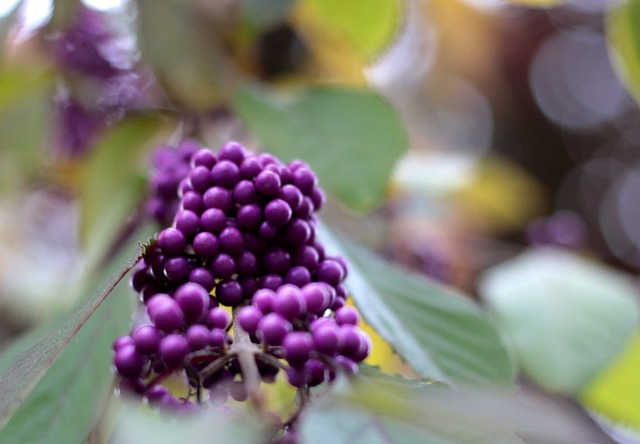
Cyperus (Cyperus spp.)
Commonly known as papyrus, this plant produces tall, grass-like stems topped with clusters of small flowers. It is often grown in water gardens.
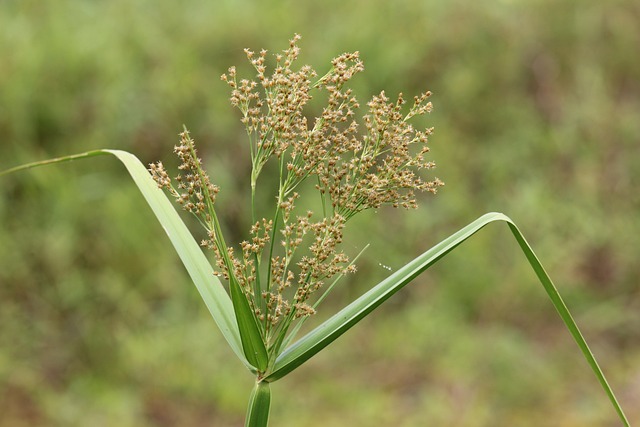
Cotula (Cotula spp.)
Cotula, or brass buttons, produces small, button-like yellow flowers. It is often used as a ground cover.

Cynoglossum (Cynoglossum spp.)
Cynoglossum, or houndstongue, produces clusters of blue or purple flowers. It is a biennial plant native to Europe.
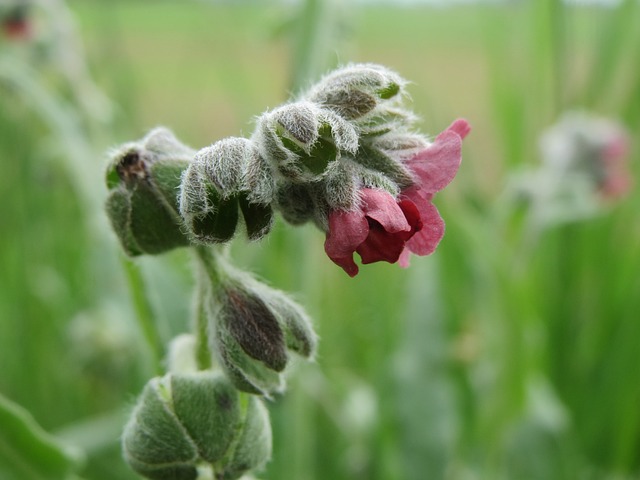
Chamelaucium (Chamelaucium uncinatum)
Also known as waxflower, this shrub produces small, waxy flowers. It is popular in the floral industry for its long-lasting blooms.
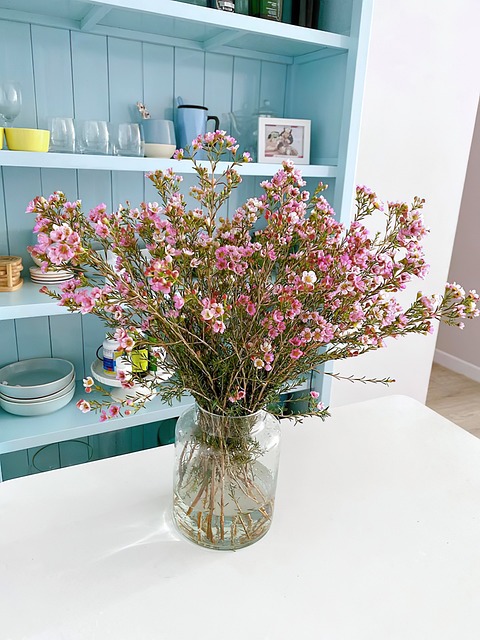
Cerastium (Cerastium tomentosum)
Cerastium, or snow-in-summer, produces masses of small, white flowers. It is often used as a ground cover.
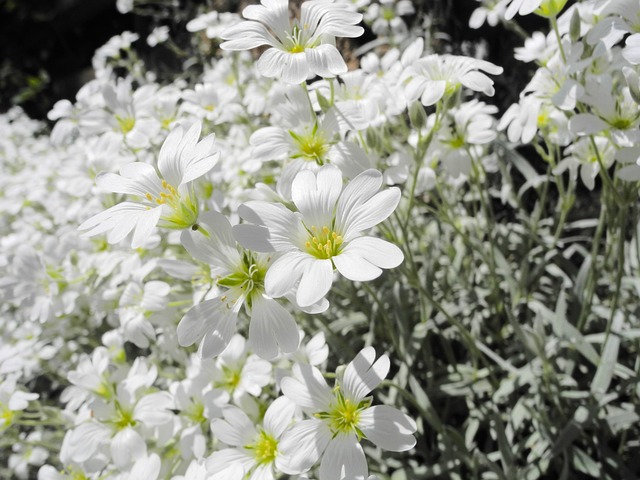
Cimicifuga (Cimicifuga racemosa)
Commonly known as black cohosh, this plant produces tall spikes of white flowers. It is used in traditional medicine for various ailments.
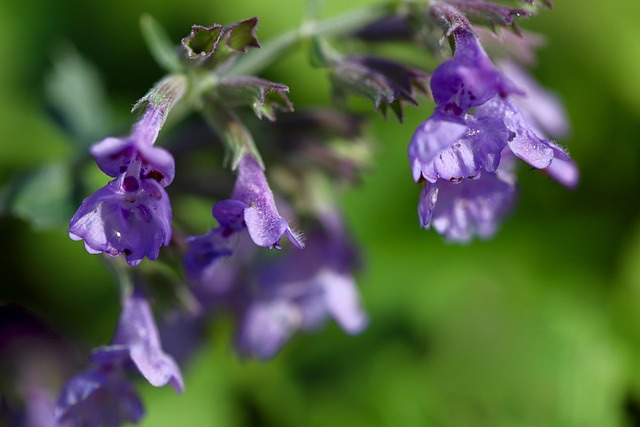
Convolvulus (Convolvulus spp.)
Convolvulus, or bindweed, produces trumpet-shaped flowers in shades of white, pink, and blue. It is often found in wildflower mixes.
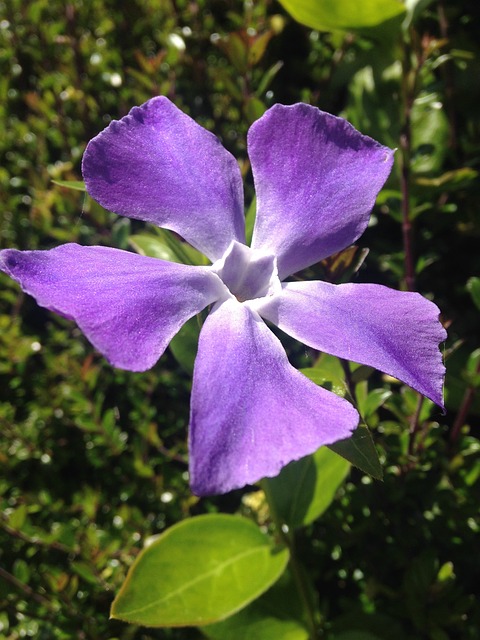
Carpobrotus (Carpobrotus spp.)
Also known as ice plant, this succulent produces large, daisy-like flowers in bright colors. It is drought-tolerant and thrives in coastal areas.
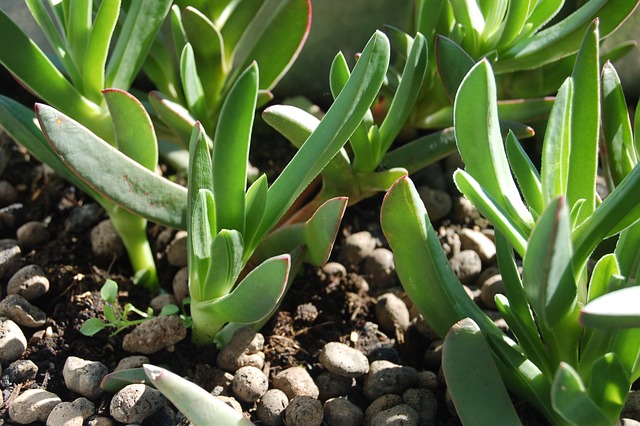
Cupressus (Cupressus spp.)
Cupressus, or cypress, is a coniferous tree that produces small cones and scale-like leaves. It is often used in landscaping.
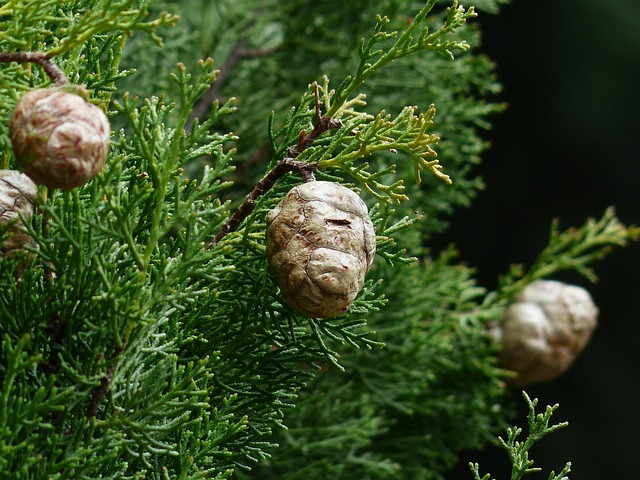
Cestrum (Cestrum spp.)
Cestrum, or night-blooming jasmine, produces clusters of fragrant, tubular flowers. It is often grown for its night-time fragrance.

Clerodendrum (Clerodendrum spp.)
Clerodendrum, or glorybower, produces clusters of bright, tubular flowers. It is a popular choice for tropical gardens.
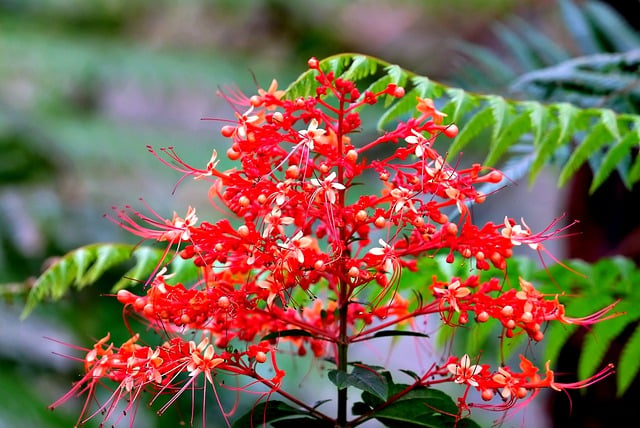
Crocosmia (Crocosmia spp.)
Crocosmia, or montbretia, produces tall spikes of brightly colored flowers. It is popular in cottage gardens.

Crinum (Crinum spp.)
Crinum, or spider lily, produces large, fragrant flowers in shades of white, pink, and red. It is often grown in tropical gardens.
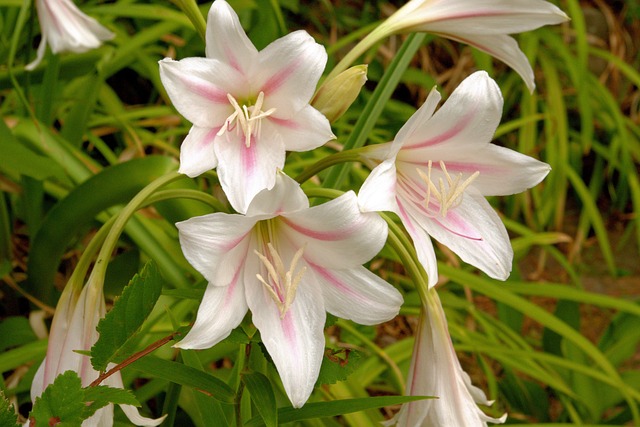
Campsis (Campsis radicans)
Commonly known as trumpet vine, this climbing plant produces large, trumpet-shaped flowers. It is often grown on trellises and fences.
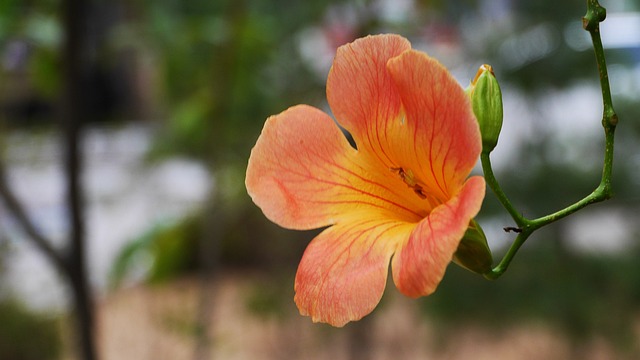
Catananche (Catananche caerulea)
Catananche, or Cupid’s dart, produces small, blue flowers with papery petals. It is often used in dried flower arrangements.

Ceanothus (Ceanothus spp.)
Ceanothus, or California lilac, produces clusters of small, blue flowers. It is drought-tolerant and attracts pollinators.
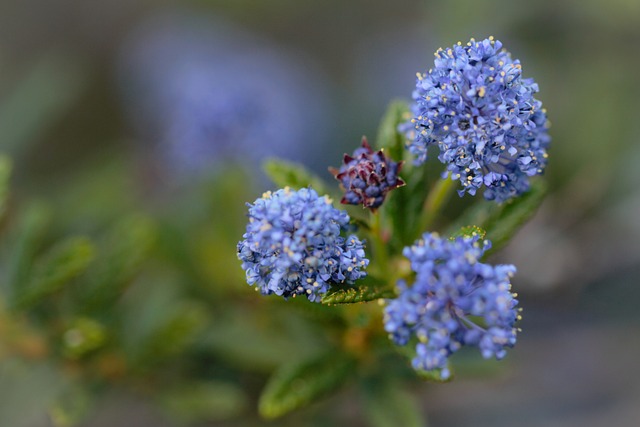
Centaurea (Centaurea spp.)
Centaurea, or knapweed, produces thistle-like flowers in shades of blue, purple, and pink. It is often found in wildflower mixes.
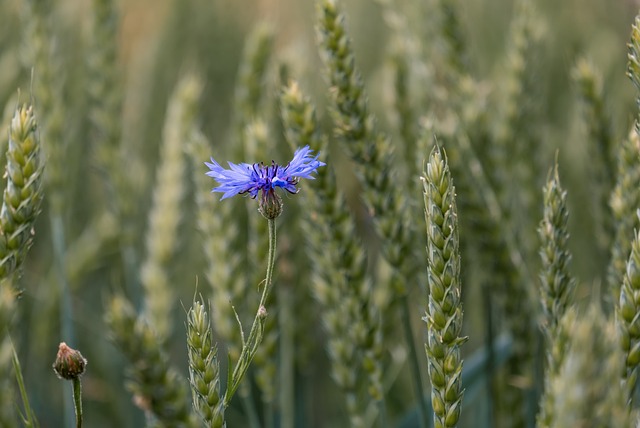
Cerinthe (Cerinthe major)
Cerinthe, or honeywort, produces unique, tubular flowers that attract bees. It is often grown for its ornamental foliage.

Corydalis (Corydalis spp.)
Corydalis produces delicate, tubular flowers in shades of yellow, blue, and pink. It thrives in shady areas.
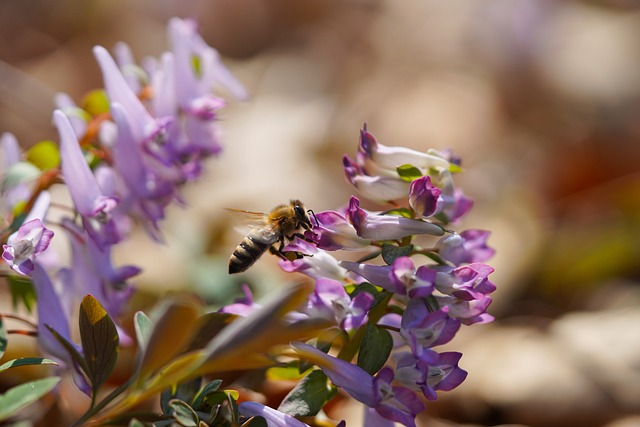
Croton (Codiaeum variegatum)
Croton is known for its colorful, variegated leaves. It is a popular houseplant for adding color to indoor spaces.
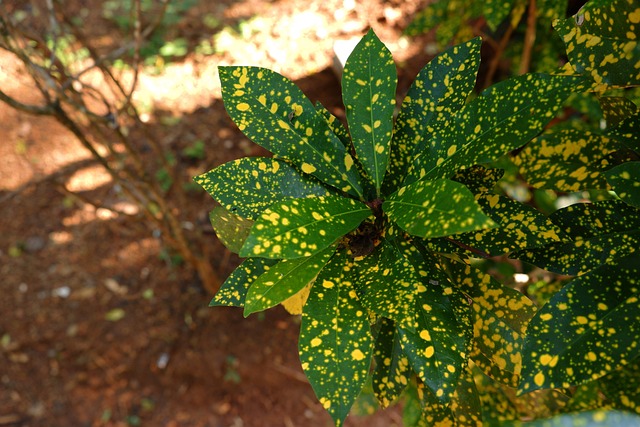
Cycnium (Cycnium tubulosum)
Cycnium, or foxglove, produces tall spikes of tubular flowers in shades of pink and purple. It is often grown in cottage gardens.
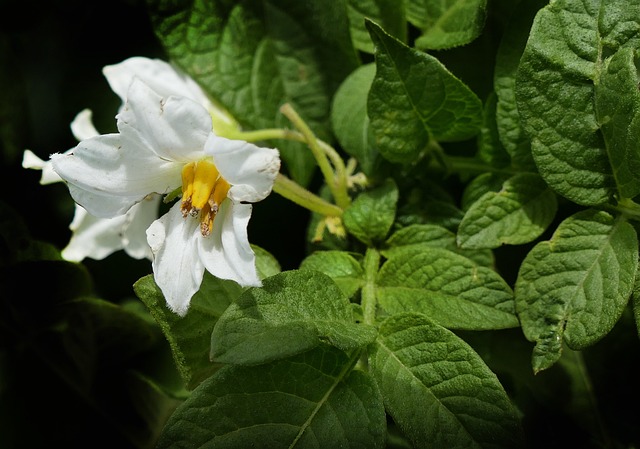
Calceolaria (Calceolaria spp.)
Calceolaria, or pocketbook plant, produces unique, pouch-like flowers in bright colors. It is often grown as a houseplant.
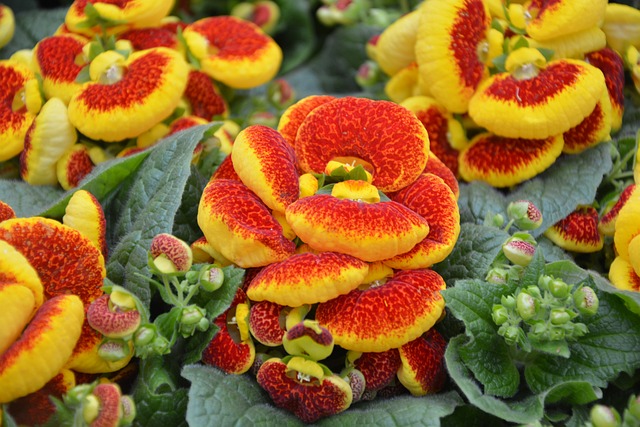
Cleome (Cleome hassleriana)
Cleome, or spider flower, produces tall spikes of spider-like flowers in shades of pink, white, and purple. It is often grown in cottage gardens.

Cichorium (Cichorium intybus)
Cichorium, or chicory, produces blue, daisy-like flowers. It is often grown for its edible leaves and roots.
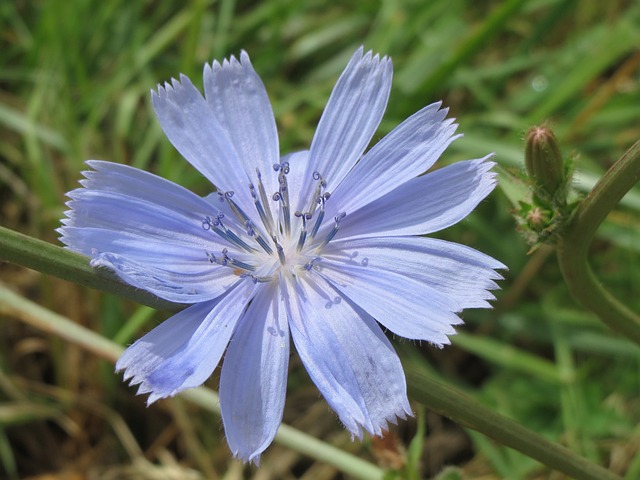
Cotinus (Cotinus coggygria)
Cotinus, or smoke tree, produces feathery plumes of flowers that resemble smoke. It is often grown for its ornamental foliage.

Corylus (Corylus avellana)
Corylus, or hazel, produces catkins in early spring. It is often grown for its edible nuts.
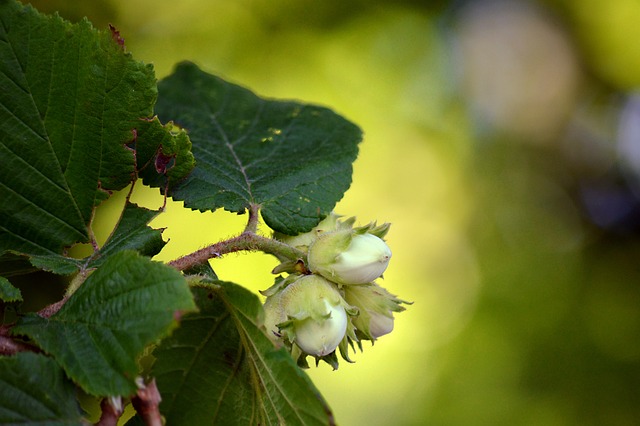
Caladium (Caladium bicolor)
Caladium is known for its colorful, heart-shaped leaves. It is often grown as a houseplant or in shady gardens.
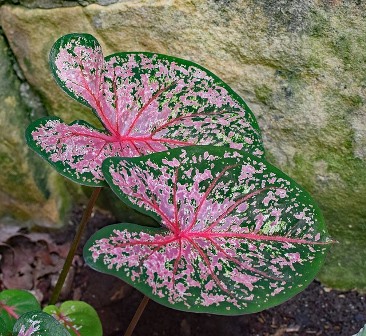
Calliandra (Calliandra haematocephala)
Calliandra, or powder puff tree, produces fluffy, red flowers. It is often grown for its ornamental appeal.
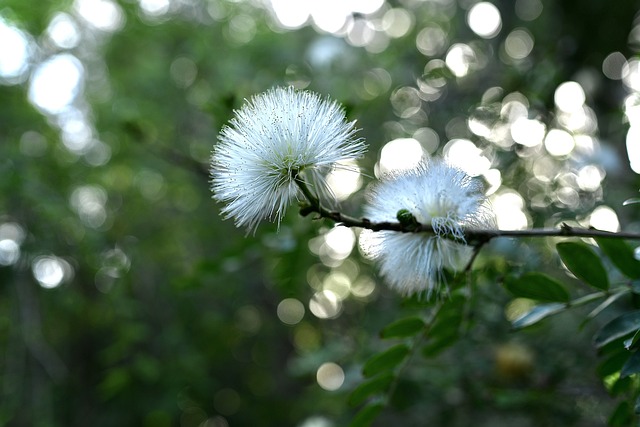
Ctenanthe (Ctenanthe oppenheimiana)
Ctenanthe is known for its colorful, variegated leaves. It is a popular houseplant for adding color to indoor spaces.
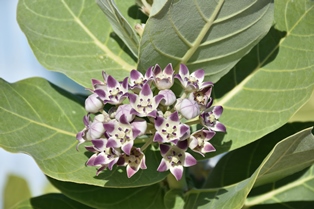
Centranthus (Centranthus ruber)
Centranthus, or red valerian, produces clusters of small, red flowers. It is often grown in cottage gardens.
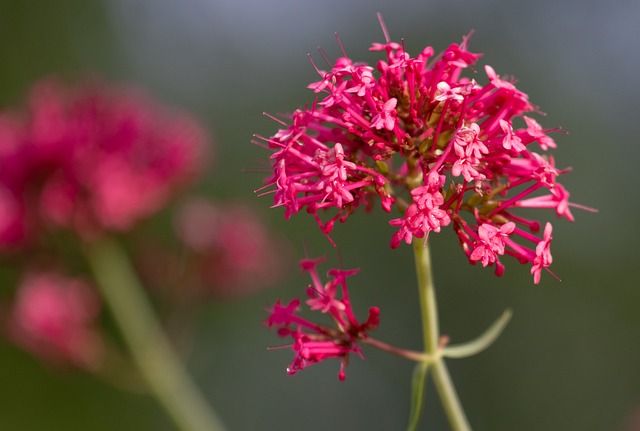
Conoclinium (Conoclinium coelestinum)
Conoclinium, or blue mistflower, produces clusters of small, blue flowers. It is often grown in wildflower gardens.

Cryptanthus (Cryptanthus spp.)
Cryptanthus, or earth star, is known for its colorful, star-shaped leaves. It is a popular houseplant for adding color to indoor spaces.
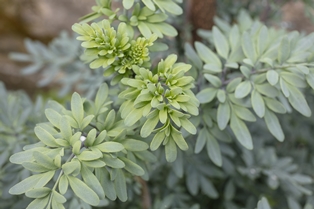
Crassula (Crassula ovata)
Crassula, or jade plant, is a succulent known for its thick, glossy leaves. It is a popular houseplant for its ease of care.
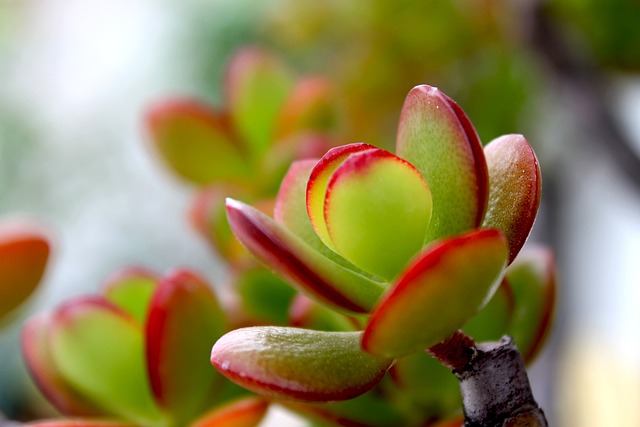
Crossandra (Crossandra infundibuliformis)
Crossandra, or firecracker flower, produces bright, orange flowers. It is often grown in tropical gardens.
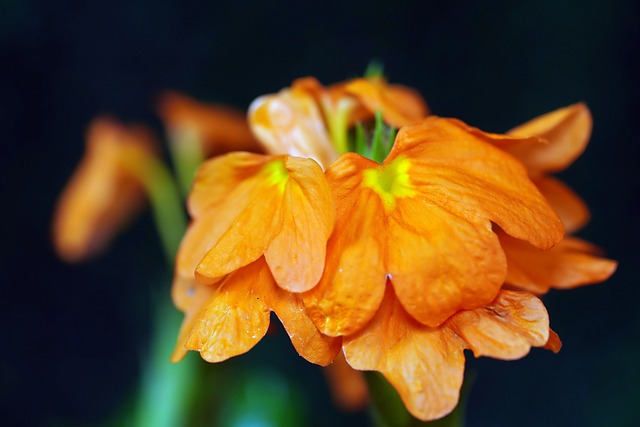
Cirsium (Cirsium spp.)
Cirsium, or thistle, produces spiny leaves and purple flowers. It is often found in wildflower mixes.
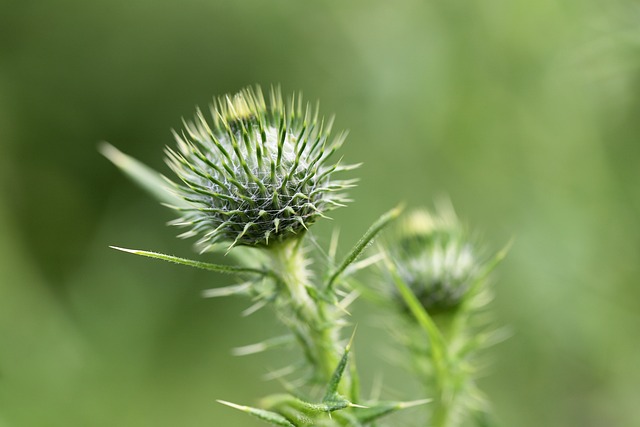
Callistemon (Callistemon spp.)
Callistemon, or bottlebrush, produces spikes of bright red flowers that resemble a bottlebrush. It is often grown in tropical gardens.

Columnea (Columnea spp.)
Columnea, or goldfish plant, produces bright, tubular flowers. It is often grown as a houseplant for its unique flowers.
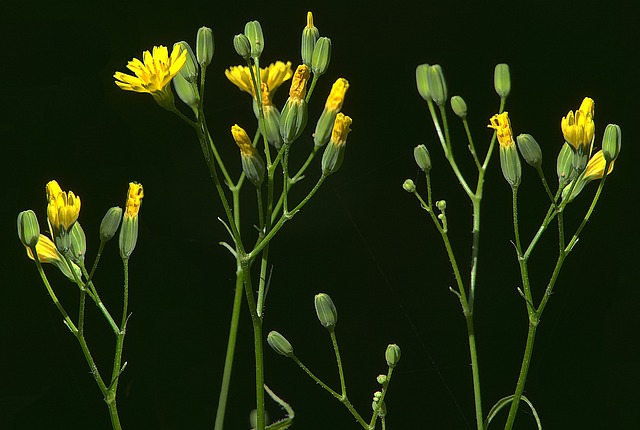
Calandrinia (Calandrinia spp.)
Calandrinia, or rock purslane, produces vibrant, magenta flowers. It is drought-tolerant and thrives in rocky soils.
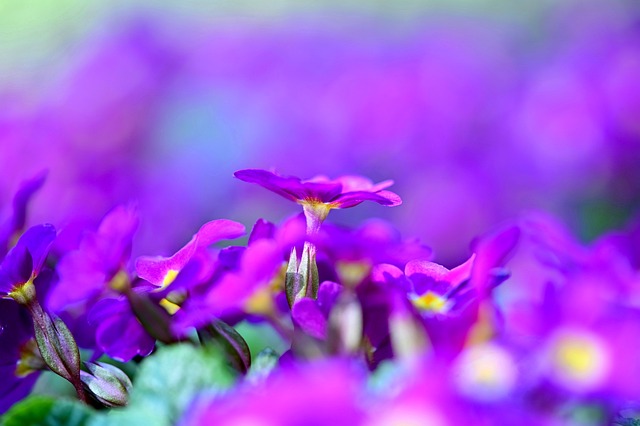
Carex (Carex spp.)
Carex, or sedge, produces grass-like leaves and small, inconspicuous flowers. It is often used in landscaping for its ornamental foliage.
